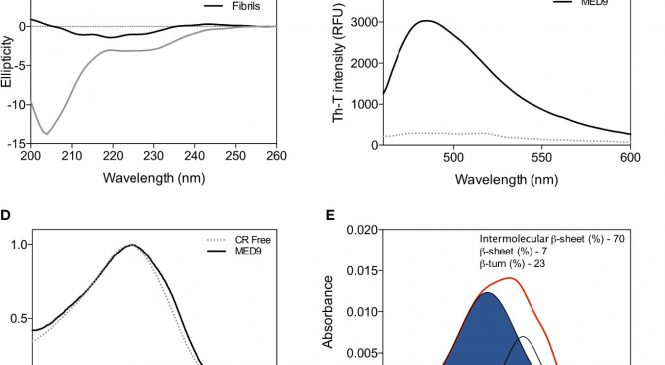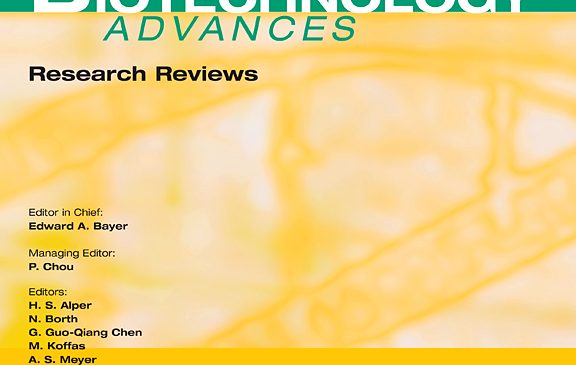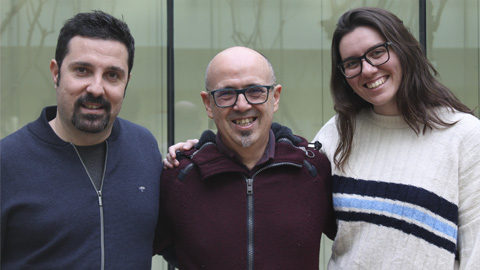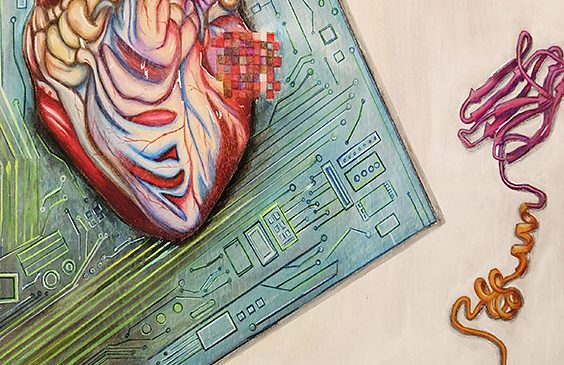
Evolutive Immunology: “How modular protein nanoparticles may expand the ability of subunit anti-viral vaccines: The spring viremia carp virus (SVCV) case”
https://doi.org/10.1016/j.fsi.2022.10.067
Abstract
Spring viremia of carp (SVC) remains as a vaccine orphan disease mostly affecting juvenile specimens. Young fish are especially difficult to vaccinate and oral administration of vaccine combined with food would be the election system to minimise stress and the vaccination costs associated to injection. However, administration of prophylactics with food pellets faces off several drawbacks mainly related with vaccine degradation and weak protection correlates of oral vaccines. Here we present a platform based on recombinant proteins (subunit vaccines) manufactured as highly resistant nanostructured materials, and providing excellent levels of protection against SVC virus in a preliminary i.p injection challenge. The G3 domain of S...









